How to Replace a Showerhead in 8 Steps
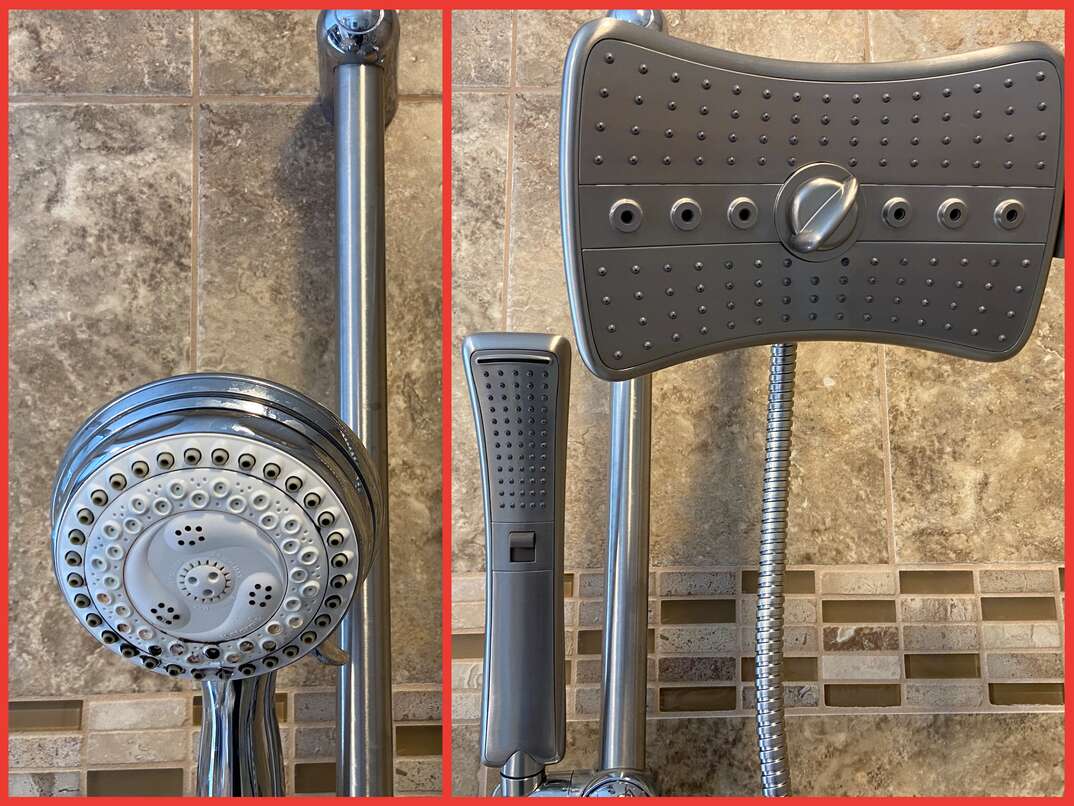
Your trusty showerhead. It helps you wake up in the mornings, soothes achy joints, washes away your stress at the end of the day and gets you date-ready before you head out for a night on the town. At some point, though, your giver of that warm, relaxing stream of comfort will need to go. It might be because it is leaking, clogged or because there are simply better options on the market.
This May Also Interest You: How Much Does It Cost to Remodel a Shower?
No matter the reason you may have for wanting to replace your showerhead, you can do it yourself quickly and easily. Here's how.
Part 1: Remove the Old Showerhead
Although you don't generally need to turn off your house’s water just to replace a showerhead, if the shower arm to which the head attaches is very old, and if you haven't replaced the head in a long while, it might not be a bad idea to do so. That's because the pressure you'll put the pipes under, while not excessive, can cause old pipes to develop small holes, which could turn a small job into a big headache. Typically, though, you can get by simply leaving the shower off at the faucet while you undertake the following project.
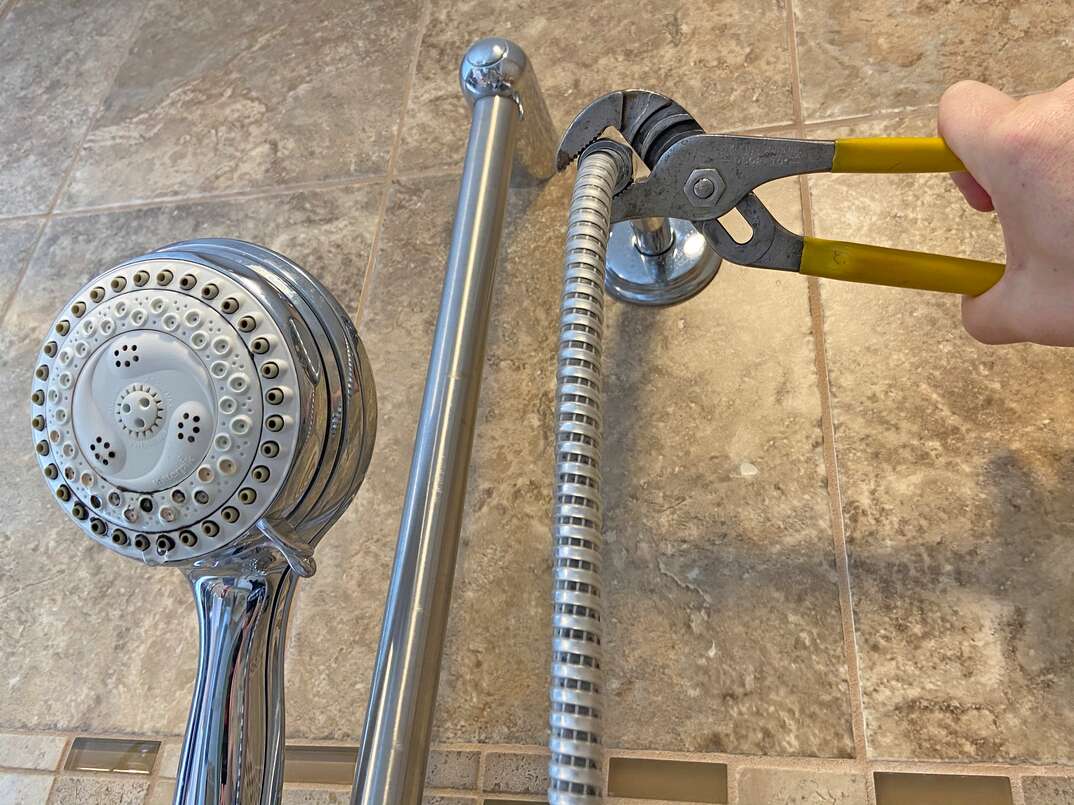
Step 1: Know What You’re Removing
Your showerhead attaches to a pipe that exits the wall called the shower arm. Understanding the difference between these two parts of your shower's anatomy is critical because you want to remove the showerhead — not the shower arm.
Step 2: Remove the Showerhead
Using an adjustable wrench, loosen the nut at the base of the showerhead where it meets the shower arm. Depending on how difficult this is, you may want to hold the shower arm itself in another wrench. A lock wrench such as a VISE-GRIP works well for this purpose. Be sure to wrap an old thin cloth or a piece of rubbery drawer liner around the shower arm to keep from scratching it as you hold it.
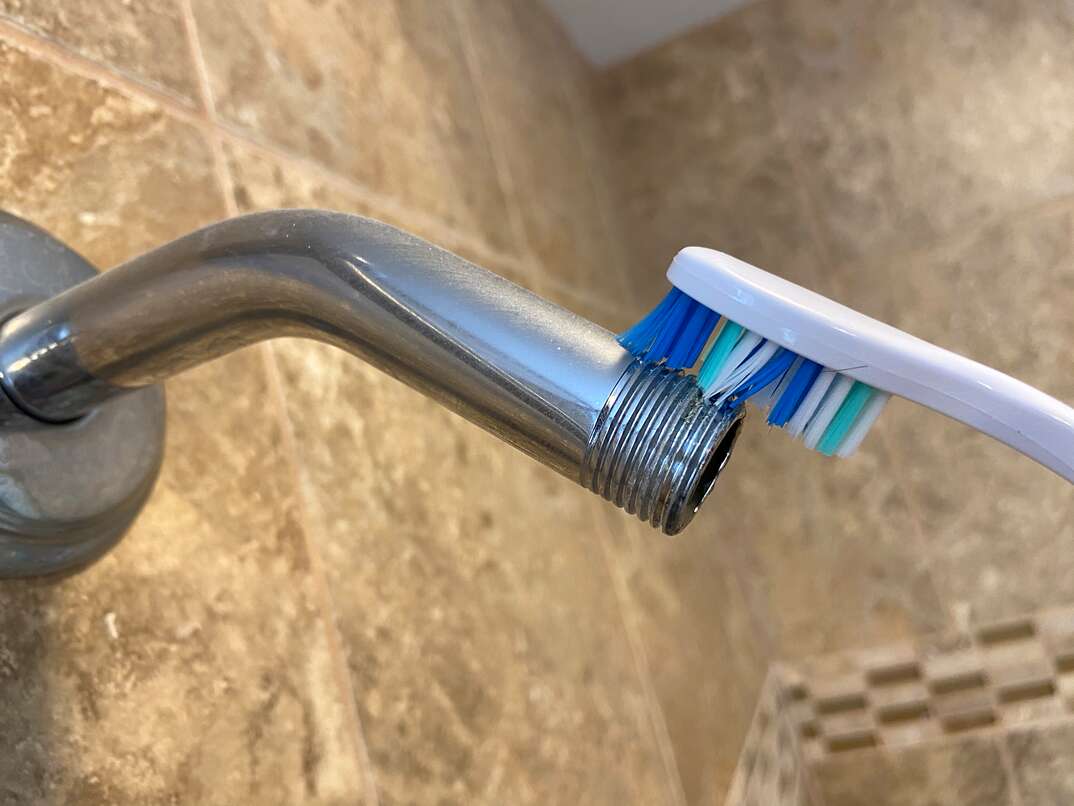
Step 3: Clean up the Shower Arm
Once the old showerhead is off, you'll want to remove any gunk found at the end of the shower arm. This will likely include the old Teflon tape that was wrapped in the threads of the arm. The tape can usually be unwound in a counterclockwise direction. Also, clean away any other debris at the end of the arm, and make sure there are no washers or other components of the old showerhead left behind.
More Related Articles:
- 8 Shower Storage Solutions
- Here’s How to Hack Your Low-Flow Showerhead … But Should You?
- What Is a Shower Diverter Valve (and Why Should You Care?)
- 5 Reasons You Have Slow Hot Water Flow — and 5 Fixes You Can Try
- Let It Flow: Improve Lower Water Pressure in the Shower
Part 2: Install the New Showerhead
These days, there are many showerhead options on the market. Some are handheld models with hoses that can either function in a stationary mount, or can be lifted out to give you a blast of water wherever you need it most. Others have articulated arms that let you move the showerhead to various positions to suit the different heights of members in your household or to turn a normal shower into a rain-style shower. For the purposes of this guide, we'll assume you are installing a standard showerhead, but if you are using a different kind, the general guidelines are much the same. The main difference is that instead of screwing the showerhead itself onto the shower arm, you'll be attaching the hose or the articulating arm.
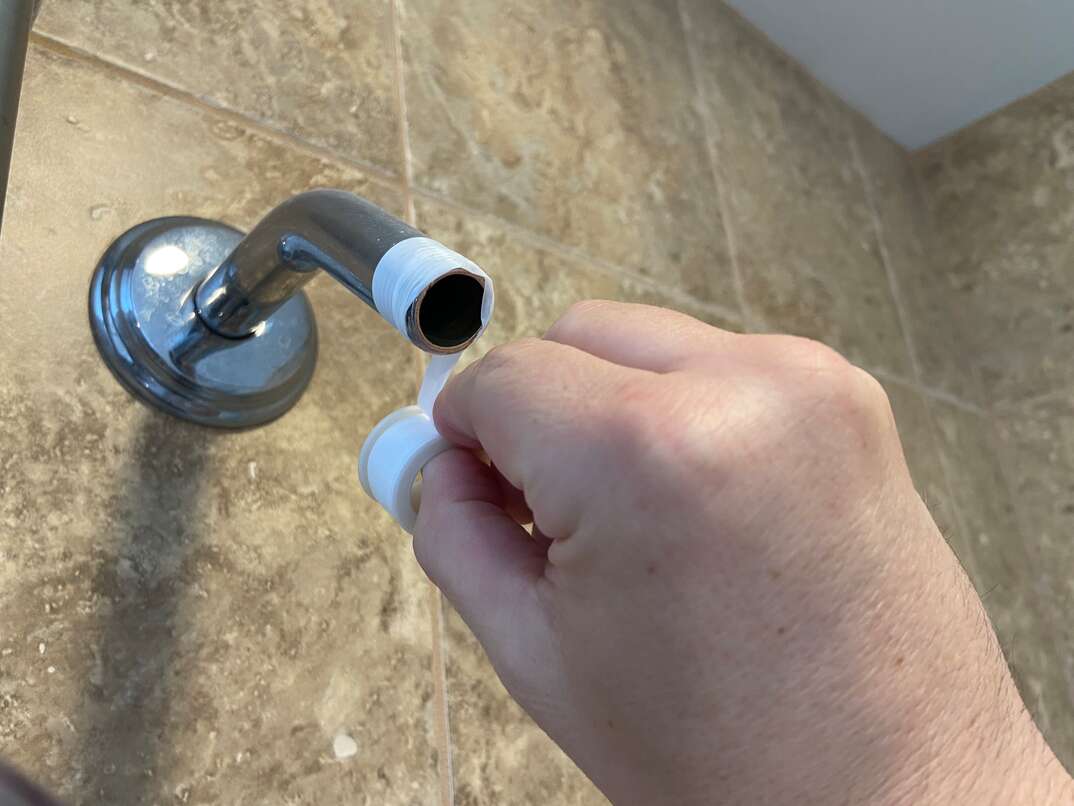
Step 4: Wrap the Shower Arm
Once the old shower arm has been cleaned, wrap it with thread seal tape, which is also known as Teflon tape, plumber's tape, PTFE tape or pipe thread tape. It usually comes on a small blue plastic wheel dispenser and is white in color. Begin by holding a piece of the tape against the threads on the shower arm and wrapping clockwise.
Once you have overlapped two pieces of the tape, you can let go of the part you were holding and continue wrapping. If the tape is thin, four or five wraps should do the trick. If it's thicker, two or three should be fine. The plumber's tape will deform when you screw on the shower arm, filling in any gaps between the male and female threads to prevent leaks. It also helps lubricate the joint to make installation of the new showerhead a bit easier.
Step 5: Get the Washers in Place
Your new showerhead will likely work with a washer or two. Sometimes these are already in place inside the showerhead nut, but if not, follow the instructions that came with the showerhead and put them where they need to go.
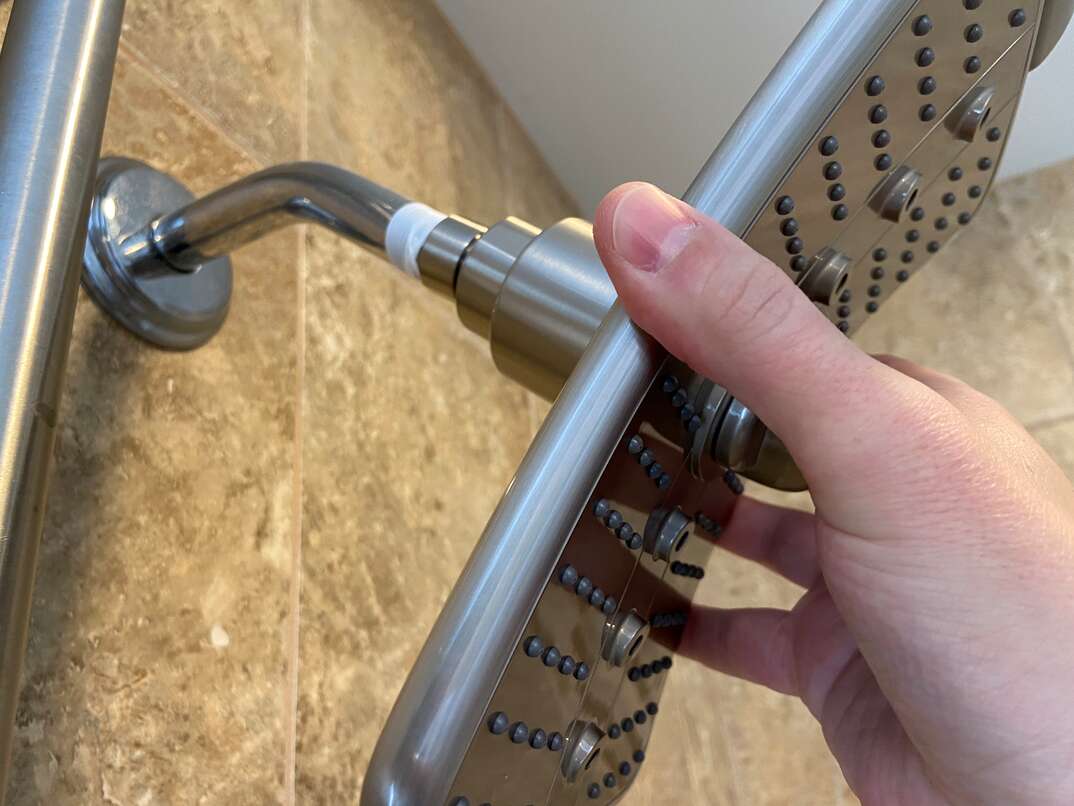
Step 6: Screw on the New Showerhead
Place the new showerhead on the wrapped shower arm and turn it clockwise until it is hand-tight. You can exert a bit of force with your hand to make sure it is as snug as possible, but you want to try to avoid using a wrench if you can.
Step 7: Test
Test the new showerhead installation by turning the hot and cold water on. Water should come out of the showerhead only, and not around the area where the showerhead and the shower arm meet. If you're seeing a leak there, it's time to employ a wrench.
Step 8: Tighten
Just as you did earlier, use a lock wrench to hold the shower arm still, and use an adjustable wrench or pair of pliers to turn the showerhead clockwise. Wrap a thin cloth or piece of rubber matting around both parts of the assembly to avoid scratching them with the tools. Be careful not to overtighten because you run the risk of snapping the shower arm, which could lead to a repair requiring a plumber. Just tighten until it feels stable, try the water and see if the leak has been fixed. Repeat until the only water you see is coming directly from the showerhead.


